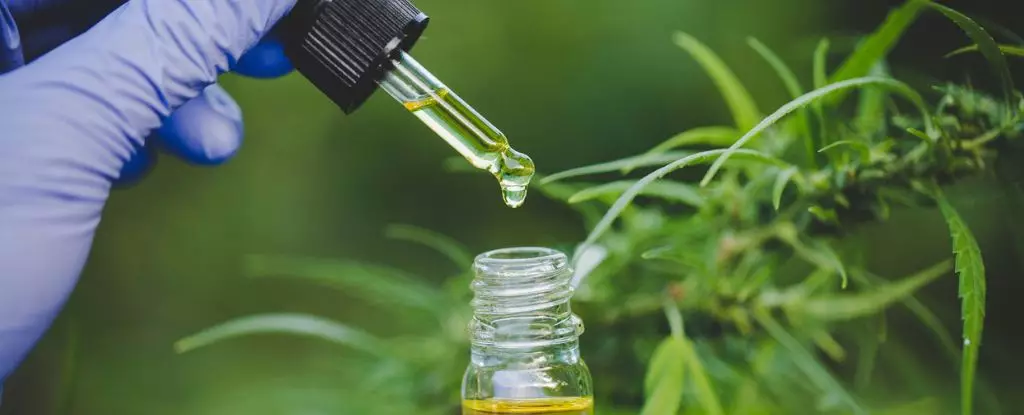Cannabigerol (CBG), a lesser-known compound found in cannabis plants, has been gaining attention in recent years for its potential therapeutic benefits. Often referred to as the “mother of all cannabinoids,” CBG has shown promising results in preclinical studies, suggesting that it could one day rival the popular CBD (cannabidiol). While historically overshadowed by THC (tetrahydrocannabinol) and CBD, CBG has been found to rapidly metabolize into both CBD and THC, making it a compound of interest for researchers exploring the medicinal properties of cannabis.
Human Clinical Trials
The first human clinical trial to evaluate the effects of CBG on anxiety and stress involved 34 healthy participants. Those who took a tincture of CBG reported significant reductions in feelings of anxiety and stress within an hour of ingestion, compared to those who took a placebo. Surprisingly, participants also performed slightly better on verbal memory tests after consuming CBG, a result that was unexpected given the effects of THC on memory. While these initial findings are promising, researchers like psychologist Carrie Cuttler caution against premature enthusiasm, emphasizing the need for further replication and research to validate CBG’s potential benefits.
Despite being found in trace amounts in cannabis plants, CBG has shown potential anti-inflammatory and pain-relieving effects in animal studies. It has also demonstrated the ability to reduce seizures in mouse models of childhood epilepsy. While the current scientific evidence supporting the efficacy of CBG is limited, ongoing research aims to fill the gaps in our understanding of this emerging cannabinoid. Cuttler and her colleagues have conducted experiments to explore CBG’s effects on mood, stress, anxiety, and other variables, with preliminary results suggesting a positive impact on anxiety and stress management.
Caution and Consideration
As the popularity of CBG continues to grow, there is a risk of unsubstantiated claims and exaggerated benefits surrounding this compound. Cuttler emphasizes the importance of approaching CBG with caution and avoiding the temptation to label it as a “miracle drug.” While CBG holds promise as a therapeutic agent, the scientific community must exercise diligence in conducting rigorous research and replicating results to ensure its safety and efficacy. The hype surrounding CBG must not overshadow the need for evidence-based practice and responsible use of cannabinoid products.
The burgeoning interest in CBG underscores the need for further investigation into its potential benefits and limitations. As researchers delve deeper into the mechanisms of action of CBG and its interactions with other cannabinoids, a clearer picture of its therapeutic value may emerge. By conducting larger-scale clinical trials and longitudinal studies, scientists can gather more robust data on the effects of CBG on various health conditions. Collaboration between researchers, clinicians, and industry stakeholders will be essential in advancing our understanding of CBG and harnessing its therapeutic potential for the benefit of patients.



Leave a Reply